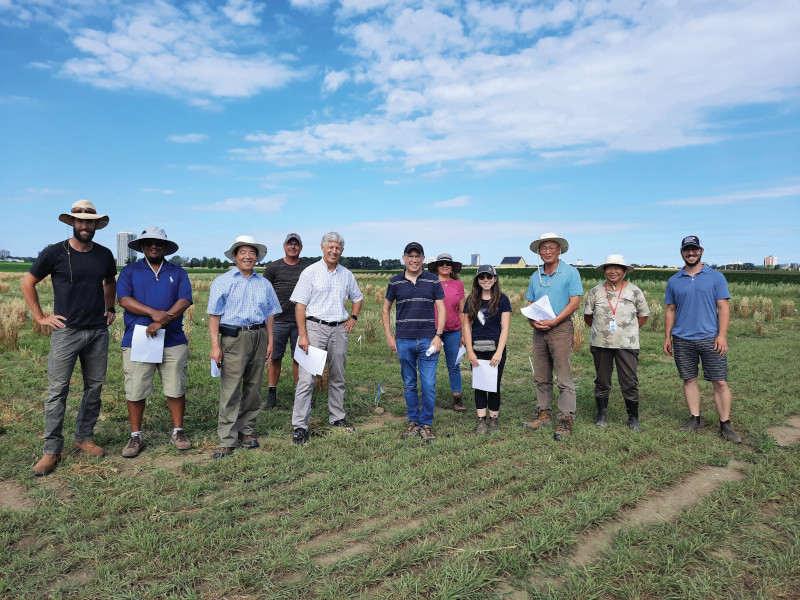In an earlier column I talked about a workshop CropLife Canada held in the spring of 2017 in partnership with the Canada Grains Council and the Canadian Seed Trade Association on the future of plant breeding oversight in Canada.
It was clear from the discussions we had that day that there’s widespread agreement within the industry that new plant breeding techniques offer enormous potential benefits for farmers, consumers and the rest of the agri-food sector. However, our ability to adopt the latest innovations is dependent on having a clear, predictable and consistent regulatory environment both in Canada and in key export markets around the world.
One of the ways we discussed improving the Canadian regulatory system was through creating a tiered approach to the risk assessment of products developed through plant breeding innovations. The key to this kind of approach would be Canada maintaining its product-based approach to approvals while evolving so that potential risk informs the level of oversight that is required.
A model like this should build on the 20 years of experience Canadian regulators have reviewing novel plants and would enable new products to get to market more quickly, without compromising safety, and support greater transparency and predictability.
Following this approach, data requirements for developers of new plant varieties should be based on familiarity. The more familiar the regulator is with a product, or product type, the less information would be required to support regulatory approvals.
These “tiers of familiarity” should also come with standards for the length of time it will take to review a new product and the cost associated with doing so. The combination of data requirements based on risk and standardized review timelines would create predictability for innovators, driving investment in innovation and allowing regulators to make the most efficient use of their resources by focusing on what is truly new.
While Canada looks at ways to modernize its regulatory system for products developed through plant breeding innovations, it must think beyond domestic regulation and move forward in full respect of the global regulatory conversation that is taking place. Different countries regulate novel products in different ways. If Canada were to adopt a tiered risk assessment process it must consider how this would support improved international regulatory consistency and ensure it places Canada in a position to advocate for rational regulatory frameworks that facilitate Canadian exports.
It is an exciting time for agriculture as the possibilities plant breeding innovations offer are endless. It is also important for the broader seed industry to collaborate with the government towards a regulatory system for plant breeding oversight in Canada that addresses the points above and allows these innovations to flourish.












